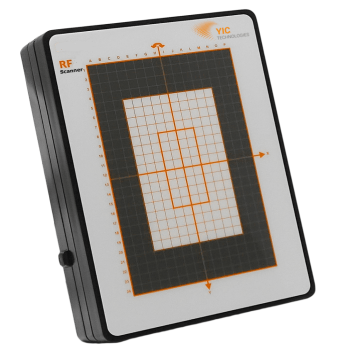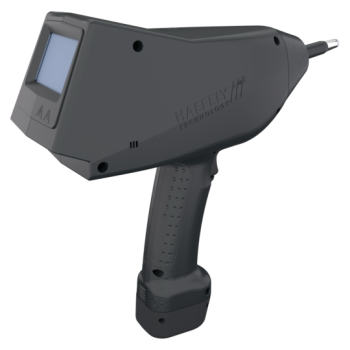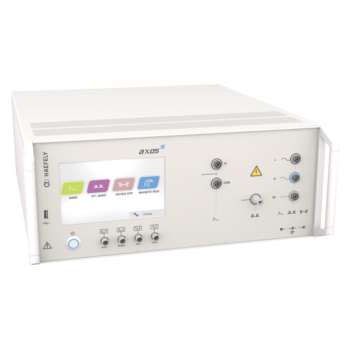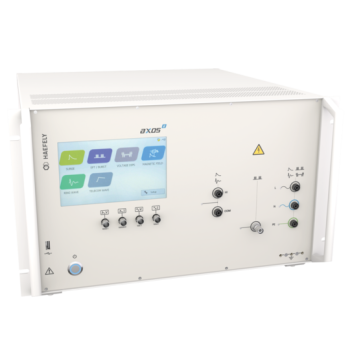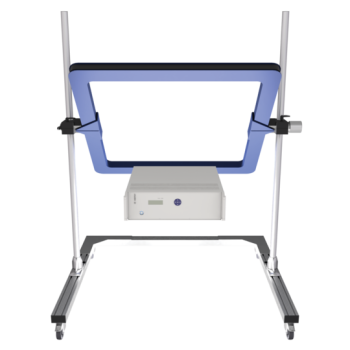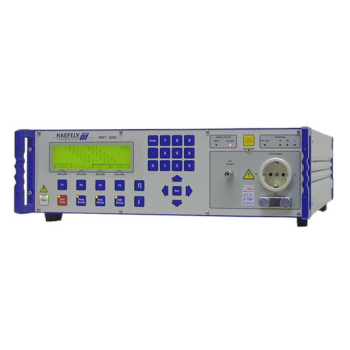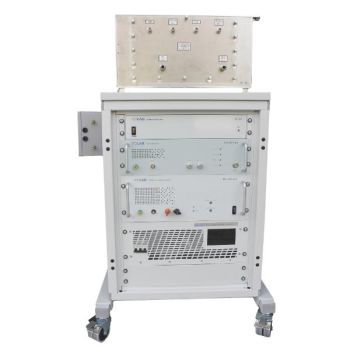Products
- Frequency Range of 300 MHz to 6.0 GHz
- Far-Field Patterns and Bisections, including EIRP / TRP / PRD, Circular and linear polarization, and axial ratio patterns
- Near-field insights such as Amplitude and Phase distribution are available in seconds
- Gain, Efficiency, and S11 chart with Supported VNAs
- “Real-time” real-fast
- Can be used to evaluate either standalone (i.e. passive) antennas or antennas that are embedded in wireless devices (i.e. active antennas).
- Simple set up and Easy to use
Onyx 16
- +/- 16kV air and Contact Discharge
- 150pF/330Ohm Standard, Other networks available
- >16 hour Battery life, AC mains option
- Optional Software
Onyx 30
- +/- 30kV air and Contact Discharge
- 150pF/330Ohm Standard, Other networks available
- >16 hour Battery life, AC mains option
- Optional Software
Axos 5 - Compact
- Multi Tester with 16AMP CDN
- EFT/Burst 5kV IEC 61000-4-4
- Surge, Combination Wave 5kV IEC 61000-4-5
- Surge Magnetic field IEC 61000-4-9 (MSURGE-A loop antenna required)
- AC Dips/Drops IEC 61000-4-11 (DIP 116 dips transformer required)
- DC Dips/Drops IEC 61000-4-29 (2x DC supplies required)
Axos 8 - Compact
- Multi Tester with 16AMP CDN
- EFT/Burst 5kV IEC 61000-4-4
- Surge, Combination Wave 7kV IEC 61000-4-5
- Surge Magnetic field IEC 61000-4-9 (MSURGE-A loop antenna required)
- Ring Wave, 7kV IEC 61000-4-12 & ANSI
- Telicomm Wave, 7kV IEC 61000-4-5 & ITU
- AC Dips/Drops IEC 61000-4-11 (DIP 116 dips transformer required)
- DC Dips/Drops IEC 61000-4-29 (2x DC supplies required)
MAG 1000
- 1-120A/m Contiunus testing
- 100-1100A/m Short Duration 1-3sec
- Test either 50Hz & 60Hz Selectable
- 1m square Loop
PEFT 8010
- EFT/Burst
- Up to 7.3kV (6.6kV at CDN)
- CDN: 264V-AC 16-440Hz, 125V-DC
- CDN: 16A-AC @ 50-60Hz, 10A-AC @ 400Hz, 16A-DC
PSURGE 30.2
- Surge System
- Up to 30 kV impulse voltage
- Up to 30 kA impulse current
- DUT Current Ratings: 40A, 76A, 114A, 152A, 190A, 228A
- Voltage Ripple: Up to 200 kHz (500 kHz)
- Amplifier: BOLAB 100-TS Series 4-quadrant system
- Load Dump Generator: BOLAB 10/63-210 1C
- Switching: FIS 100-xx & FIS SM 96-2 (expandable)
- Power Supply: BOLAB or third-party compatible
- High-Voltage & Insulation Testing: G1-1G-T & 90-4K
- Modular & Scalable: Full ISO 16750-2:2023 compliance
- Full Compliance – Meets all ISO 7637-4 test requirements
- Pulse A Testing – Simulates MOSFET/IGBT switching noise (100 kHz – 10 MHz)
- Pulse B Testing – Low-frequency sinusoidal disturbances (3 kHz – 300 kHz)
- High-Power RF Amplifier – 75W output (100 kHz – 400 MHz) for clean signal generation
- Burst Generator – Supports configurable burst parameters (1–1000 cycles)
- Power Meter & Directional Coupler – Accurate transient measurement (100 kHz – 10 MHz)
- Integrated Transformer – Isolates high-voltage circuits & prevents transient damage
- Scalable & Modular – Configurable for custom DUT testing needs
- Turnkey Solution – Includes generator, amplifier, coupler, and switching solutions

